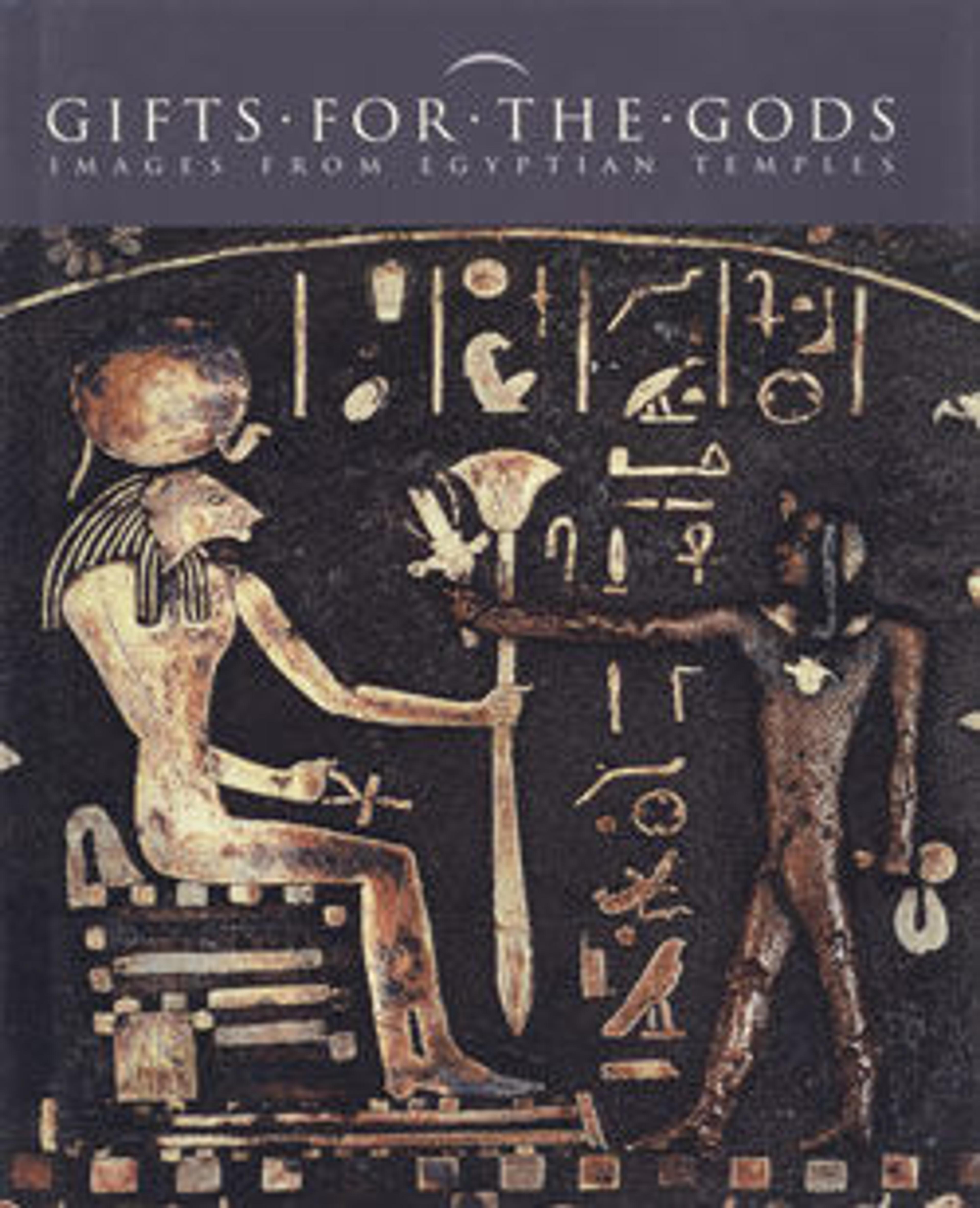Statuette of Isis nursing Horus (missing above the legs), inscribed for Hor son of Padihorresnet
This figure of Isis, now missing all but the lower legs of the nursing figure of the child that was seated on her lap, has an exceptionally fine countenance. The slightly slanted eyes and upturned lips characteristic of the 26th Dynasty are combined here with the extended brow and eyelines suitable to a divinity. The goddess wears the horned headdress that by the Late Period she had adopted from the goddess Hathor as well as the vulture cap that emphasized the maternal role of goddesses. The small base under her feet bears an inscription asking that "great Isis" give life, prosperity, and health to the "Chamberlain of the Divine Consort, Hor, son of the Prince, Count, Overseer of Upper Egypt, Overseer of the Great House of the Divine Consort, Padihorresnet." Although Hor is not well known, his father, Padihorresnet, was the highest official of Nitocris, the God's Wife of Amun, and in his day he was one of the most important men in Thebes. The dates given above for this statue reflect his term in office.
The decoration of the figure is unusual. Gilded-silver inlaid bands were hammered into the recess between the horns and the sun disk on both sides, and the whites of the eyes are gilded silver or electrum, from which much of the gold surface has been abraded.
The decoration of the figure is unusual. Gilded-silver inlaid bands were hammered into the recess between the horns and the sun disk on both sides, and the whites of the eyes are gilded silver or electrum, from which much of the gold surface has been abraded.
Artwork Details
- Title:Statuette of Isis nursing Horus (missing above the legs), inscribed for Hor son of Padihorresnet
- Period:Late Period, Saite
- Dynasty:Dynasty 26
- Reign:reign of Necho II
- Date:611–594 B.C.
- Geography:From Egypt
- Medium:Bronze, gilded silver, electrum; separate leaded bronze throne
- Dimensions:H. 39.3 × W. 12.3 × D. 18.8 cm (15 1/2 × 4 13/16 × 7 3/8 in.)
- Credit Line:GIft of David Dows, 1945
- Object Number:45.4.3a, b
- Curatorial Department: Egyptian Art
More Artwork
Research Resources
The Met provides unparalleled resources for research and welcomes an international community of students and scholars. The Met's Open Access API is where creators and researchers can connect to the The Met collection. Open Access data and public domain images are available for unrestricted commercial and noncommercial use without permission or fee.
To request images under copyright and other restrictions, please use this Image Request form.
Feedback
We continue to research and examine historical and cultural context for objects in The Met collection. If you have comments or questions about this object record, please contact us using the form below. The Museum looks forward to receiving your comments.
